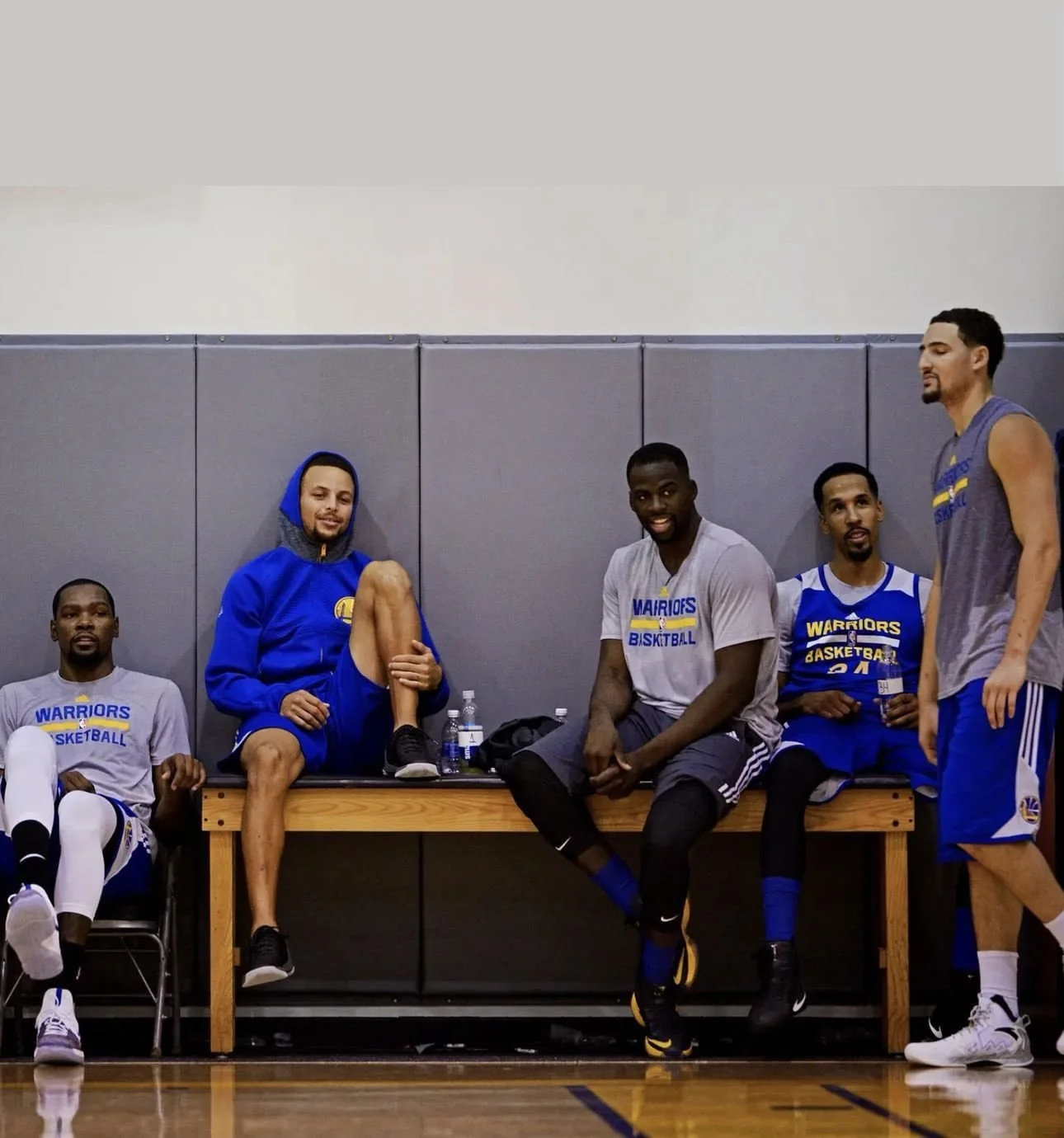Physical commentary. A new phrase from today.
“Try not to comment physically when you make a mistake.”
Sarah makes her face curl up in frustration to demonstrate—head dips, upper spine rounds slightly.
“It takes you out of the moment. It doesn’t help you or those around you.”
I like the idea of inhabiting the role of performer. Committing to the bit. Staying in the count. The move off beat is already forgotten. She teaches us an exercise that was part of her Juilliard audition. 1-2-3 clap, 1-2 clap, 1 clap, 1-2- clap, 1-2-3 clap and repeat while doing a simple prance. The test was not how perfectly it was performed, at that level, it’s not about technique. In that moment, the cauldron of a room that will decide years of sweat and dedication but how quickly you could recover. How could the mental and physical commentary not take you out of that specific moment in time? Because it’s here now, now is all the moments a young dancer played it out in front of her. It’s one moment and how you do everything is how the adjudicators decide you will always be able to recover. Is she a performer that only 24 people are deemed to be every year? 1-2-3 clap.
The 3 year old I played with last week understands this . We played out a scene from Pirates of the Caribbean over and over. When it went wrong or not exactly how the director wanted, there was no physical commentary. We reset and went again. New instructions, rectifying the beats. Stay within the performance while in it.Physical commentary. A new phrase from today.
“Try not to comment physically when you make a mistake.”
Sarah makes her face curl up in frustration to demonstrate—head dips, upper spine rounds slightly.
“It takes you out of the moment. It doesn’t help you or those around you.”
I like the idea of inhabiting the role of performer. Committing to the bit. Staying in the count. The move off beat is already forgotten. She teaches us an exercise that was part of her Juilliard audition. 1-2-3 clap, 1-2 clap, 1 clap, 1-2- clap, 1-2-3 clap and repeat while doing a simple prance. The test was not how perfectly it was performed, at that level, it’s not about technique. In that moment, the cauldron of a room that will decide years of sweat and dedication but how quickly you could recover. How could the mental and physical commentary not take you out of that specific moment in time? Because it’s here now, now is all the moments a young dancer played it out in front of her. It’s one moment and how you do everything is how the adjudicators decide you will always be able to recover. Is she a performer that only 24 people are deemed to be every year? 1-2-3 clap.
The 3 year old I played with last week understands this . We played out a scene from Pirates of the Caribbean over and over. When it went wrong or not exactly how the director wanted, there was no physical commentary. We reset and went again. New instructions, rectifying the beats. Stay within the performance while in it.
